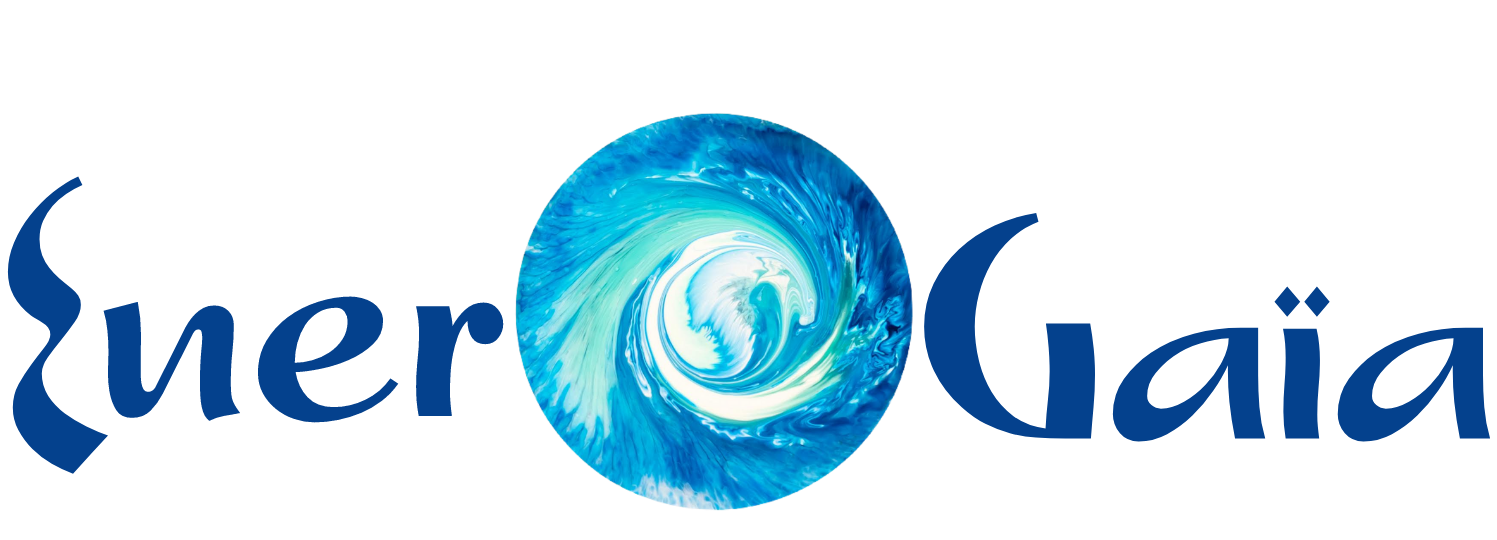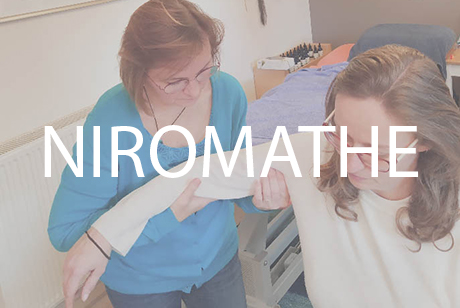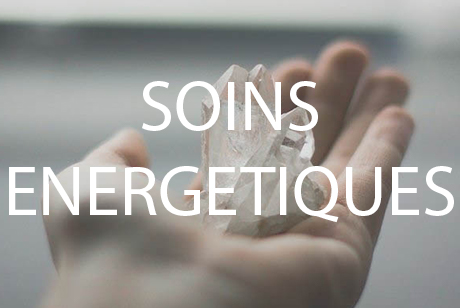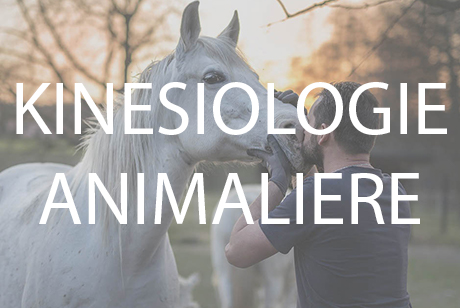Find your balance with kinesiology
A method that works on the physical, emotional and energetic to restore balance to the system.
Initiated in the 1960s by Dr Goodheart (USA), enriched by the vision of Chinese energetics and the discoveries of neuroscience, kinesiology is a global human approach. It aims to accompany any person towards a better balance on the mental, emotional, physical and energy levels.
The body does not lie...
This technique uses a muscle test as the basic tool.
It is a gentle pressure, usually applied to a muscle in the arm, which indicates the presence or absence of stress in relation to the session objective. It establishes a direct dialogue with the body's memory.
Indeed, everything we experience is automatically recorded in the body's memory. It is therefore through our body that we can read the tensions and blockages linked to imbalances or stresses experienced, but it is also through our body that it will be possible to identify the methods likely to reactivate the free circulation of energy and to re-establish the return to a balance.
It uses means such as :
- Stimulation of energetic, neuro-vascular or neuro-lymphatic points,
- reflex point massage and acupressure,
- body or eye movements,
- positive visualization.
Through conscious self-observation, the person notices the changes that have taken place and thus becomes an agent of his or her own change.
Educational Kinesiology
This specific branch of kinesiology, developed in the 1970s by Dr. Paul Dennisson, aims to develop learning abilities through brain coordination.
Offering a set of simple, fun physical activities, this brain gym aims to restore good laterality between the two cerebral hemispheres and good coordination of the different areas involved in carrying out a task: vision, listening, speech, memory, movement, concentration, coordination, organisation.
The exercises proposed in Brain Gym, practiced in a session and regularly at home, allow all parts of the brain to work in harmony, both in terms of :
- laterality: the ability to use both cerebral hemispheres in a fluid and coordinated way across the midline,
- centring: the ability to give an organised and thoughtful response to a problem without being overcome by emotion,
- Focusing: the ability to effectively use information from the visual, auditory and kinesthetic areas of the brain in the frontal lobe.
Course of a session
Listening & dialogue
All kinesiology work begins with the precise definition of an objective to be reached, starting from the current situation (what the person is experiencing, what is bothering him or her), with a view to what needs to be improved in order to reach a precise, positive and achievable situation.
This objective must be clear and verbalised, and it must be possible to visualise it in order to check its priority at the time.
This principle is very important in brief therapy: visualise yourself in the goal, and thus make it possible.
Finding blockages, restoring harmony
After a few pre-tests, the physical, emotional and energetic blockages are removed using kinesiology techniques. This is the "correction" phase.
Anchoring
Last stage of the session where changes are observed and anchored.
Exercises to do at home can also be suggested.
The aim of a kinesiology session is not to make a difficulty disappear by magic, but to enable the person to find his or her own solutions through active, conscious participation.
This involvement implies a voluntary approach by the person to be accompanied.
Duration
A kinesiology session lasts approximately 1 to 1.5 hours.
Frequency
We are all unique individuals and each of us moves at our own pace. It is therefore very difficult to determine in advance the number of sessions needed to solve a problem, as there may be different causes.
Moreover, it is the body that determines whether another session is necessary and how long it will take.
Nevertheless, for a specific objective, 2 to 3 sessions are often sufficient and more for more in-depth work or personal development. The sessions are spaced out by about 3 weeks (time of integration necessary).
Kinesiology can be used independently or in support of another technique (psychology, speech therapy...).
Kinesiology is not a substitute for medicine.
The kinesiologist does not diagnose or prescribe.
In case of necessary treatment for a pathology, kinesiology will be proposed as an accompaniment to a medical or paramedical follow-up.




